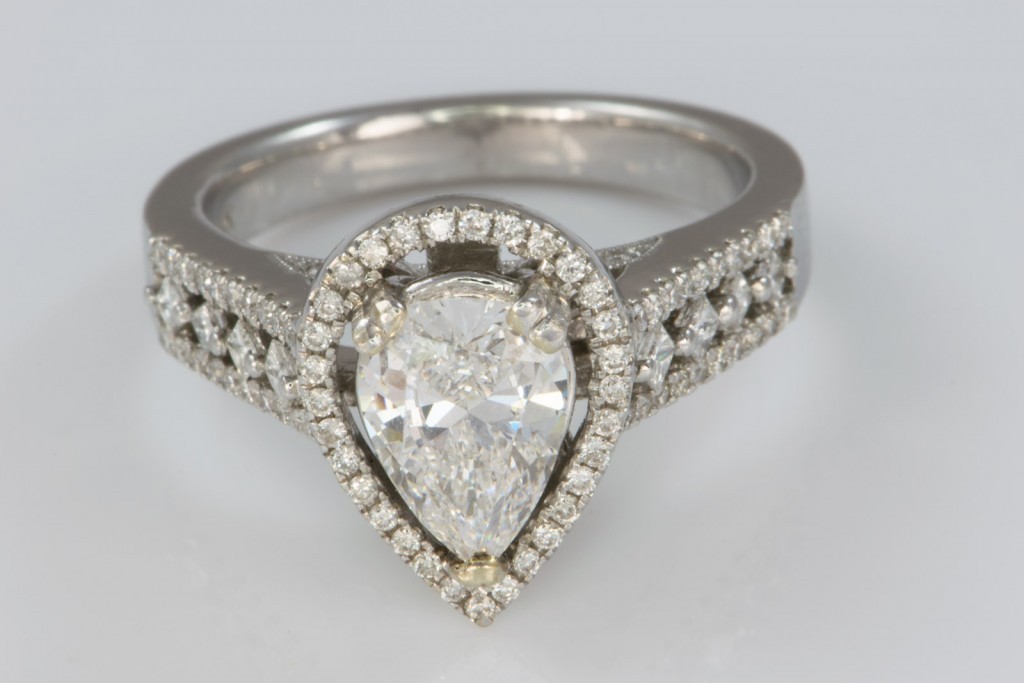What to Know Before Buying a Diamond (beyond the 4 C’s)

Clarity grading matters, but always look at a diamond (with magnification and without) before buying it
Our best advice right from the start: After observing hundreds of thousands of diamonds, the best advice we can give is to look at any diamond in person before buying it. Every diamond is different, and two diamonds of the same quality will not look exactly the same, no matter what the salesperson tries to tell you. Diamond grading is important, and should be considered, but no one should ever buy a diamond based on its grading alone.
You can’t judge a diamond piece’s value based on total carat weight
Clusters of small diamonds have significantly less value than one large stone with the same total carat weight, given similar clarity grades. A tennis bracelet with a 3 carat total weight made of 30 stones will be significantly more valuable than a bracelet with the same carat total weight but made of 60 stones, if the stones are roughly the same clarity and color. Check out our post on the difference between Carats and Karats.
What type of jewelry will the diamond be set in?
Earrings typically look better with larger diamonds of lower clarity because they are often viewed from a further distance than rings
Some diamonds work better for different types and styles of jewelry. Earrings typically look better with larger diamonds of lower clarity because they are typically viewed from a further distance than rings. Diamonds set in yellow gold will look a few color grades higher than if they are set in white gold. Round diamonds larger than 2 Carats are often considered too big to look appropriate in rings, and a shopper looking for an extra large stone for a ring would usually do better with a pear-shaped diamond or another unique shape.
Diamonds need to be secure
There is always a trade off between style and security when considering what a diamond should be set in, and it’s something you should always think about. If you are considering a piece with many small diamonds and few, very small prongs around those diamonds, you should know that the diamonds may be far more likely to fall out than a piece with slightly bigger stones and slightly bigger prongs. On an engagement ring, accident-prone people may opt for 6 prongs instead of 4 prongs for the extra security. Stones don’t magically stay in place and some styles are less secure than others. Always consider or ask about these issues when purchasing a diamond.
The 4 C’s
The 4 C’s are usually the first talking point when it comes to diamonds. There is a wealth of information available all over the internet on the 4 C’s, so we will be brief. The 4 C’s are Color, Cut, Clarity, and Carat. Color is how white the diamond is, Cut describes its symmetry and in theory how much it sparkles, Clarity is a measure of a stone’s inclusions and some other visible characteristics, and Carat is how much the stone weighs (how big it is). As each of those qualities go up, the value of a diamond raises. These qualities can be measured by trained jewelers with a very low margin for error, or graded in a laboratory for more exact calculations. No single category of the 4 C’s is definitely more important than another when judging how nice a stone will look in jewelry; however, the best-looking stones for the money usually have no category that is too low on the scale. Check out our guide on buying an engagement ring for more information.


